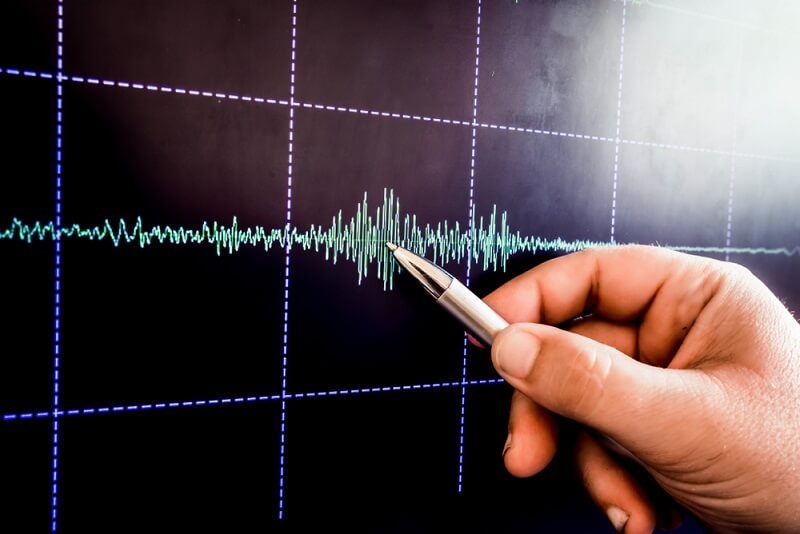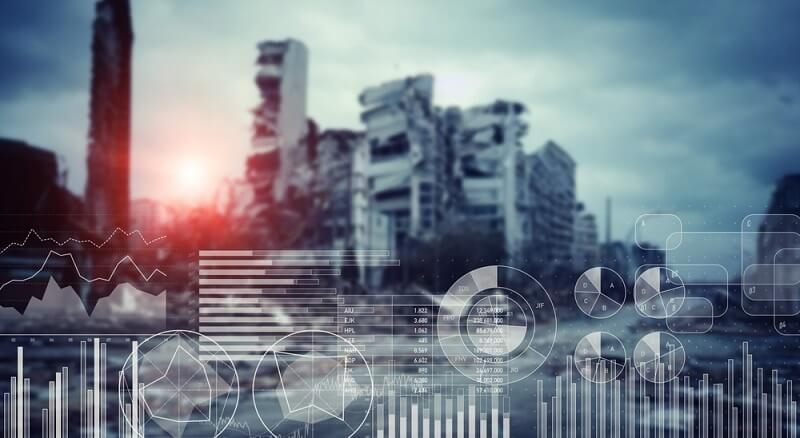
Earthquakes don’t knock politely. They strike fast, with no warning, and often leave chaos in their wake. The ground moves, buildings sway, and in a few seconds, lives can change forever. But while earthquakes can’t be prevented, we can understand them — and prepare for them. That’s where earthquake science steps in.
This guide unpacks the causes, the impacts, and the preparedness measures you need to know. It also covers practical earthquake safety tips you can act on right now.
Earthquake science is more than just studying seismographs and fault lines. It’s the study of how the Earth releases stored energy, why certain regions are more prone to shaking, and how those shifts impact the world around us. Scientists look at tectonic plates, seismic waves, and ground movements to decode the patterns that trigger quakes.
Understanding these processes is not just for researchers — it’s for anyone living in a quake-prone region. The better we understand science, the better we can plan for what’s coming.
Don’t Miss: How Scientists Find the Epicenter of an Earthquake Easily
Most earthquake causes trace back to the movement of tectonic plates. Earth’s crust is split into massive slabs that constantly move, though slowly. When these plates collide, slide past, or pull away from each other, stress builds along fault lines. Eventually, the built-up energy overcomes the friction holding the plates in place — and the Earth snaps, releasing seismic waves that we feel as an earthquake.
This isn’t a gradual process. It’s a sudden release, which is why even a few seconds of shaking can cause massive destruction.
Over 90% of the world’s earthquakes occur in the Ring of Fire, a volatile horseshoe-shaped belt circling the Pacific Ocean. This region includes countries like Japan, Chile, Indonesia, and the west coast of the United States. If you live along this belt, understanding earthquake causes isn’t optional — it’s a necessity.
Not every quake is purely natural. Certain human activities — deep drilling, fracking, and even massive dam projects — can trigger smaller seismic events. This is known as induced seismicity. While these are usually less powerful than natural earthquakes, they still pose risks to infrastructure and communities.
The shaking itself is just the beginning. Earthquake impacts can create a cascade of hazards that make recovery even harder.
The most immediate effect is the destruction of buildings, bridges, and roads. Older structures without seismic retrofitting are especially vulnerable. A strong quake can reduce them to rubble in seconds.
Many of the deadliest events linked to earthquakes aren’t from the shaking but from what follows. Landslides bury entire neighborhoods. Coastal quakes trigger tsunamis that wipe out cities. Liquefaction turns solid ground into a slurry, swallowing buildings whole. Fires break out from ruptured gas lines.
These secondary earthquake impacts often cause more deaths than the initial quake itself.
Beyond the physical destruction is the emotional and economic toll. Families lose homes and loved ones. Businesses collapse. Communities face years of rebuilding. The disruption of water, electricity, and healthcare makes recovery even slower.
You can’t stop an earthquake, but you can reduce its impact. That’s the core of earthquake preparedness.
Start by learning if you live near an active fault line. Local geological surveys and hazard maps can show you the likelihood of strong shaking in your area. This is the foundation of smart earthquake preparedness.
Secure tall furniture to walls. Install latches on cabinets. Use flexible gas connectors. If you’re in an older building, consider seismic retrofitting. Strong foundations and reinforced frames can make the difference between standing after a quake — or collapsing.
Create a family communication plan. Decide where you’ll meet if you’re separated. Identify safe spots in every room where you can take cover. Practice drills so everyone knows what to do.
Your kit should have enough supplies for at least 72 hours:
When a quake hits, you won’t have time to gather these items — they need to be ready beforehand.

Having earthquake safety tips in mind could be the difference between life and death.
More to Discover: Ghost Lanterns: Can Earthquake Lights Predict Seismic Event?
Earthquake science shows us that the forces driving these events are unstoppable. Earthquake causes may be rooted deep in the planet, but their effects are felt on the surface — in collapsed buildings, disrupted lives, and scarred landscapes.
By studying earthquake impacts, we know what’s at stake. By committing to earthquake preparedness, we can take control of the only thing we truly can — our response. And by following smart earthquake safety tips, we give ourselves and our loved ones the best chance of surviving the next big one.
You can’t predict the day. But you can be ready for it.
This content was created by AI